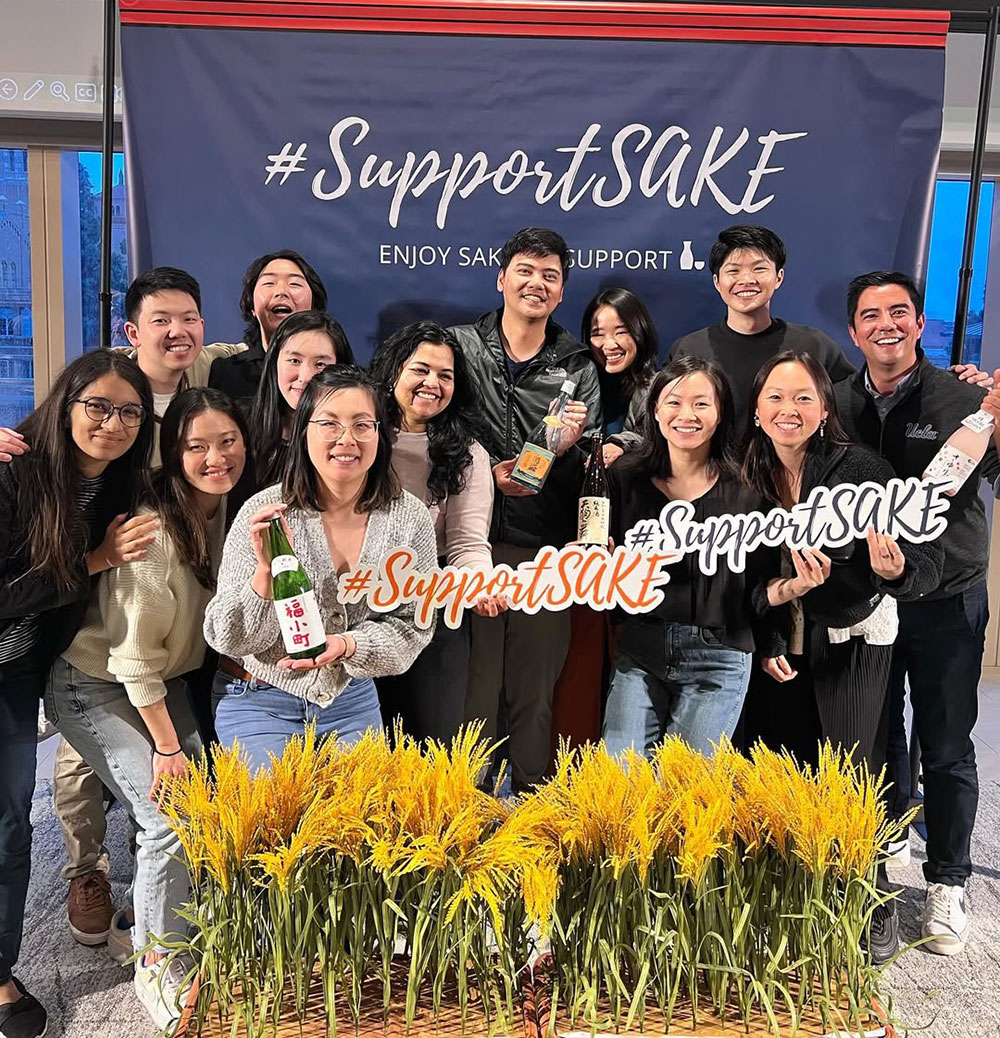As Co-President of the Japan America Business Association (JABA) at UCLA Anderson School of Management, I’ve had the privilege of exploring the intricate world of food and beverage pairings, particularly the fascinating intersection of traditional and contemporary approaches to sake appreciation. With the exciting #SupportSAKE campaign currently highlighting innovative seafood pairings across North America, there’s never been a better time to dive into the art of pairing.
The interplay between the right drink and meal can elevate both elements, turning an ordinary moment into an extraordinary one. Understanding the principles of weight, flavor balance, and preparation methods is key to mastering this art. From the crisp acidity of a Sauvignon Blanc complementing a light salad to the umami-rich profile of sake enhancing sushi, each pairing tells a story.
The Art of Food and Beverage Pairings
Pairing food with beverages is about creating harmony between flavors to elevate the dining experience. The right combination enhances both the dish and the drink, making each bite and sip more enjoyable. Wine and sake are two exceptional pairing choices, each offering unique characteristics that complement a wide range of cuisines.
Guidelines for Pairing Wine and Food
The weight of the wine should align with the weight of the dish—delicate wines like Sauvignon Blanc suit lighter meals, while robust reds like Cabernet Sauvignon pair better with hearty dishes such as steak. This alignment ensures neither element overwhelms the other.
Flavor balance is equally crucial. Sweet dishes shine when paired with wines that have a touch of residual sugar, while acidic wines like Pinot Grigio provide a refreshing counterbalance to rich, buttery sauces. Sometimes, contrasting flavors create an exciting interplay, such as the crisp brightness of a rosé complementing a salty charcuterie board.
Sake: A Distinctive Pairing Option
Sake offers a unique approach to food pairings, with its umami-rich profile making it exceptionally versatile. As highlighted by the current #SupportSAKE campaign (@supportsake), sake’s softer acidity allows it to blend seamlessly with various dishes without overpowering them. This quality makes it a natural companion to Japanese cuisine and surprisingly adaptable to non-traditional fare.
Different types of sake bring their own characteristics:
- Junmai sake, known for its full-bodied and earthy nature, complements the simple purity of sushi and sashimi
- Ginjo sake, with its light and fruity notes, pairs wonderfully with grilled seafood
- Daiginjo sake, often considered the pinnacle of refinement, shines with rich and indulgent foods
Creating Memorable Pairings
Experimentation is key to discovering unique combinations. A chilled Nigori sake might surprise you with how it complements spicy dishes, while a sparkling wine’s effervescence can refresh the palate when paired with fried appetizers. Through my work with JABA and engagement with the #SupportSAKE community, I’ve learned that trusting your taste buds and being open to unconventional combinations often leads to delightful discoveries.
View this post on Instagram
The perfect pairing can transform any gathering into a memorable experience, whether it’s a casual evening with a crisp Sauvignon Blanc and grilled chicken or a celebratory meal featuring a luxurious Daiginjo sake with buttery lobster. As we continue to explore these exciting combinations through initiatives like the #SupportSAKE campaign, we’re not just pairing drinks with food—we’re creating moments that celebrate the rich cultural exchange between Japan and America.
About the Author: Vito Prasad is the Co-President of the Japan America Business Association at UCLA Anderson School of Management, where he works to strengthen cultural and business ties between Japan and the United States.






